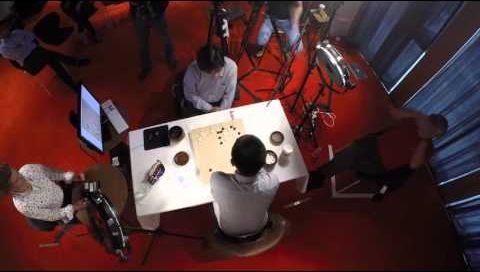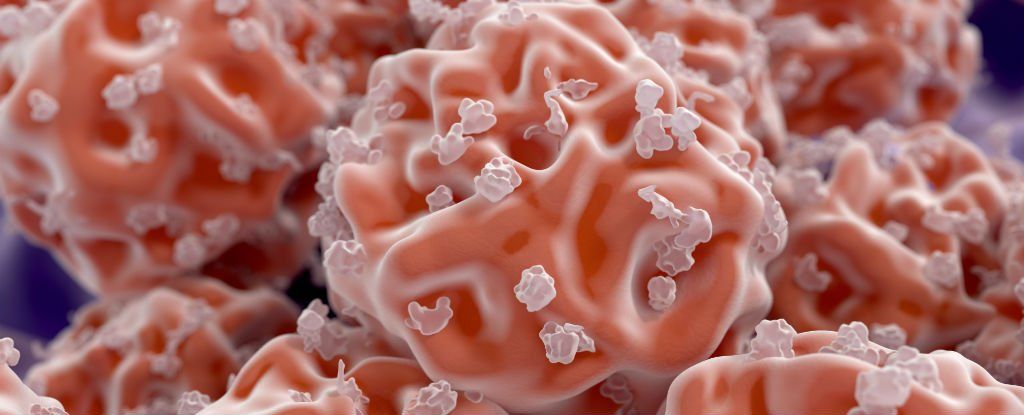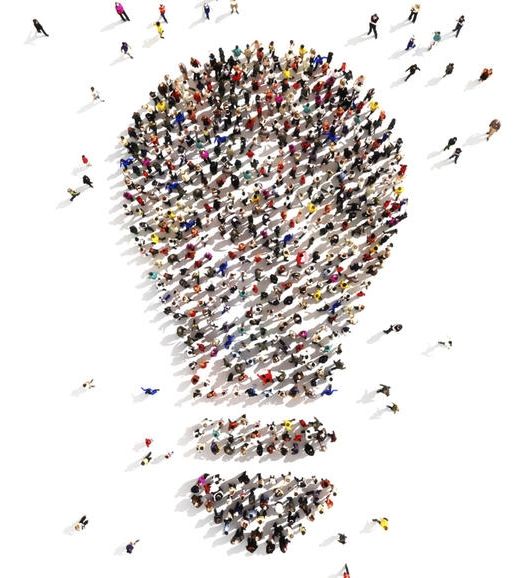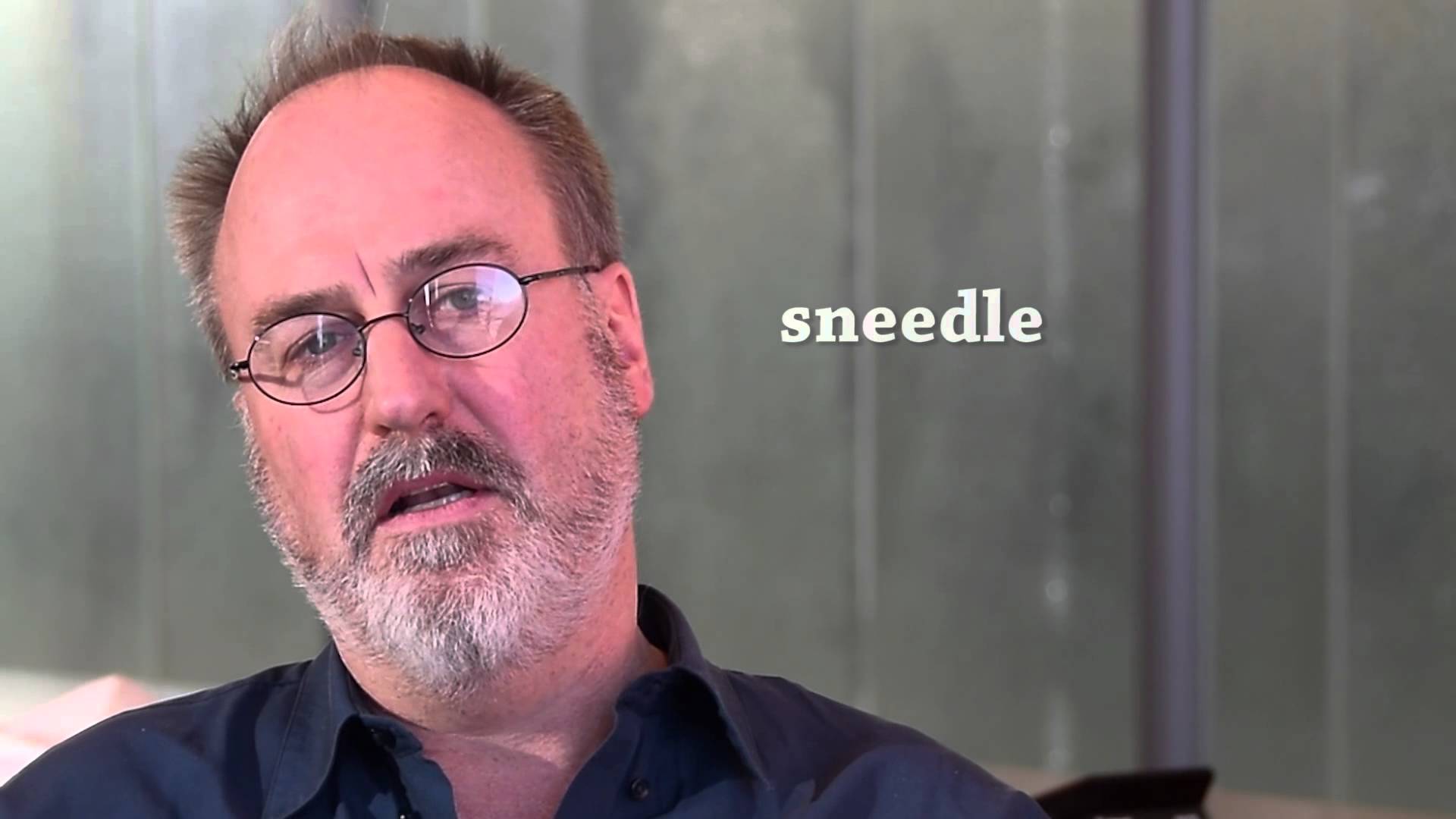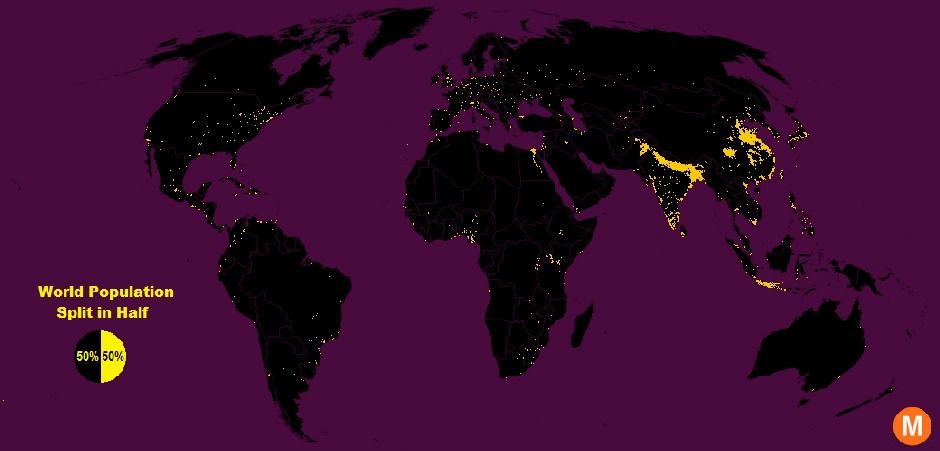Ask the average passerby on the street to describe artificial intelligence and you’re apt to get answers like C-3PO and Apple’s Siri. But for those who follow AI developments on a regular basis and swim just below the surface of the broad field , the idea that the foreseeable AI future might be driven more by Big Data rather than big discoveries is probably not a huge surprise. In a recent interview with Data Scientist and Entrepreneur Eyal Amir, we discussed how companies are using AI to connect the dots between data and innovation.
Image credit: Startup Leadership Program Chicago
According to Amir, the ability to make connections between big data together has quietly become a strong force in a number of industries. In advertising for example, companies can now tease apart data to discern the basics of who you are, what you’re doing, and where you’re going, and tailor ads to you based on that information.
“What we need to understand is that, most of the time, the data is not actually available out there in the way we think that it is. So, for example I don’t know if a user is a man or woman. I don’t know what amounts of money she’s making every year. I don’t know where she’s working,” said Eyal. “There are a bunch of pieces of data out there, but they are all suggestive. (But) we can connect the dots and say, ‘she’s likely working in banking based on her contacts and friends.’ It’s big machines that are crunching this.”
Amir used the example of image recognition to illustrate how AI is connecting the dots to make inferences and facilitate commerce. Many computer programs can now detect the image of a man on a horse in a photograph. Yet many of them miss the fact that, rather than an actual man on a horse, the image is actually a statue of a man on a horse. This lack of precision in analysis of broad data is part of what’s keep autonomous cars on the curb until the use of AI in commerce advances.
“You can connect the dots enough that you can create new applications, such as knowing where there is a parking spot available in the street. It doesn’t make financial sense to put sensors everywhere, so making those connections between a bunch of data sources leads to precise enough information that people are actually able to use,” Amir said. “Think about, ‘How long is the line at my coffee place down the street right now?’ or ‘Does this store have the shirt that I’m looking for?’ The information is not out there, but most companies don’t have a lot of incentive to put it out there for third parties. But there will be the ability to…infer a lot of that information.”
This greater ability to connect information and deliver more precise information through applications will come when everybody chooses to pool their information, said Eyal. While he expects a fair bit of resistance to that concept, Amir predicts that there will ultimately be enough players working together to infer and share information; this approach may provide more benefits on an aggregate level, as compared to an individual company that might not have the same incentives to share.
As more data is collected and analyzed, another trend that Eyal sees on the horizon is more autonomy being given to computers. Far from the dire predictions of runaway computers ruling the world, he sees a ‘supervised’ autonomy in which computers have the ability to perform tasks using knowledge that is out-of-reach for humans. Of course, this means developing a sense trust and allowing the computer to make more choices for us.
“The same way that we would let our TiVo record things that are of interest to us, it would still record what we want, but maybe it would record some extras. The same goes with (re-stocking) my groceries every week,” he said. “There is this trend of ‘Internet of Things,’ which brings together information about the contents of your refrigerator, for example. Then your favorite grocery store would deliver what you need without you having to spend an extra hour (shopping) every week.”
On the other hand, Amir does have some potential concerns about the future of artificial intelligence, comparable to what’s been voiced by Elon Musk and others. Yet he emphasizes that it’s not just the technology we should be concerned about.
“At the end, this will be AI controlled by market forces. I think the real risk is not the technology, but the combination of technology and market forces. That, together, poses some threats,” Amir said. “I don’t think that the computers themselves, in the foreseeable future, will terminate us because they want to. But they may terminate us because the hackers wanted to.”
